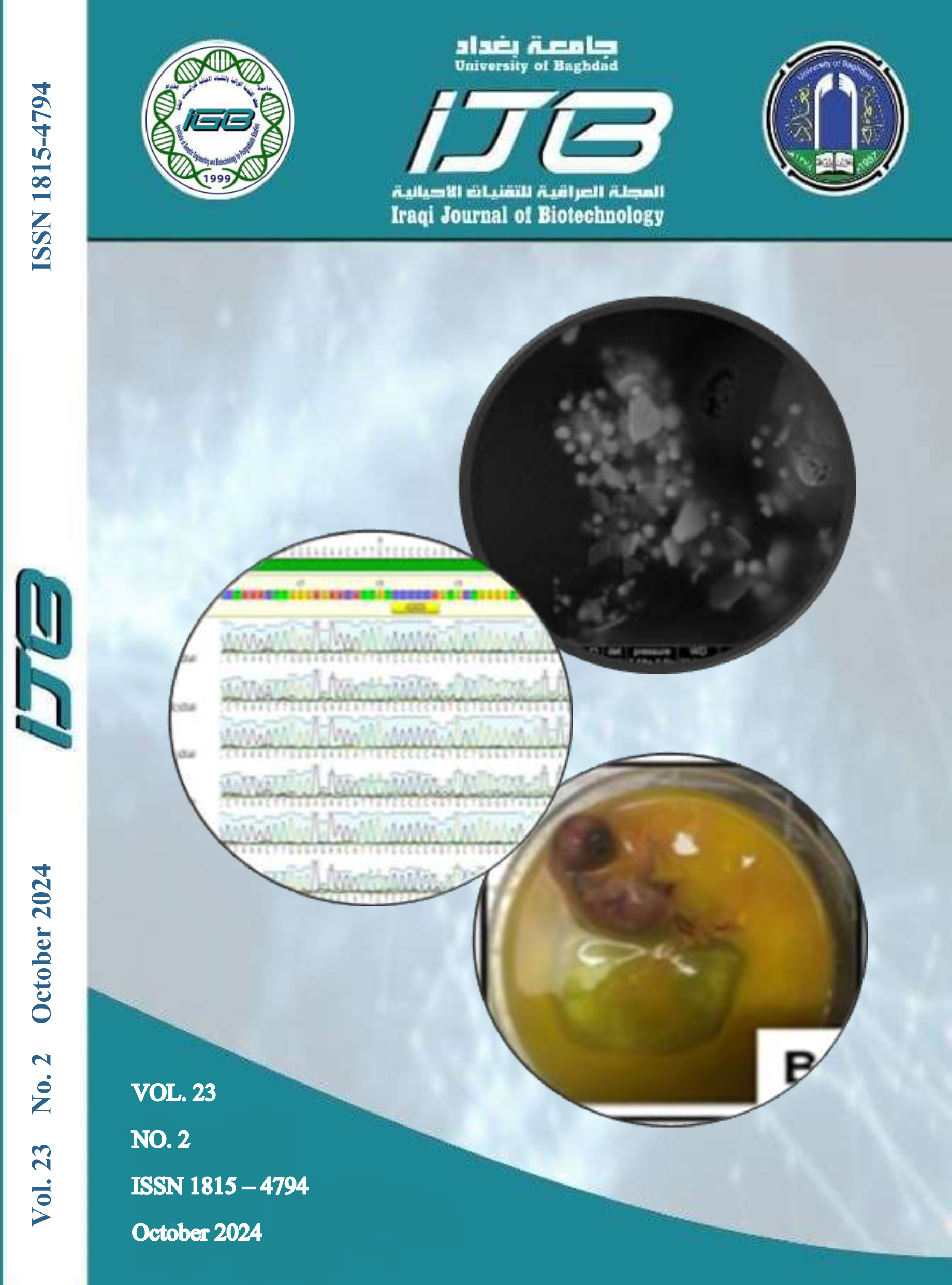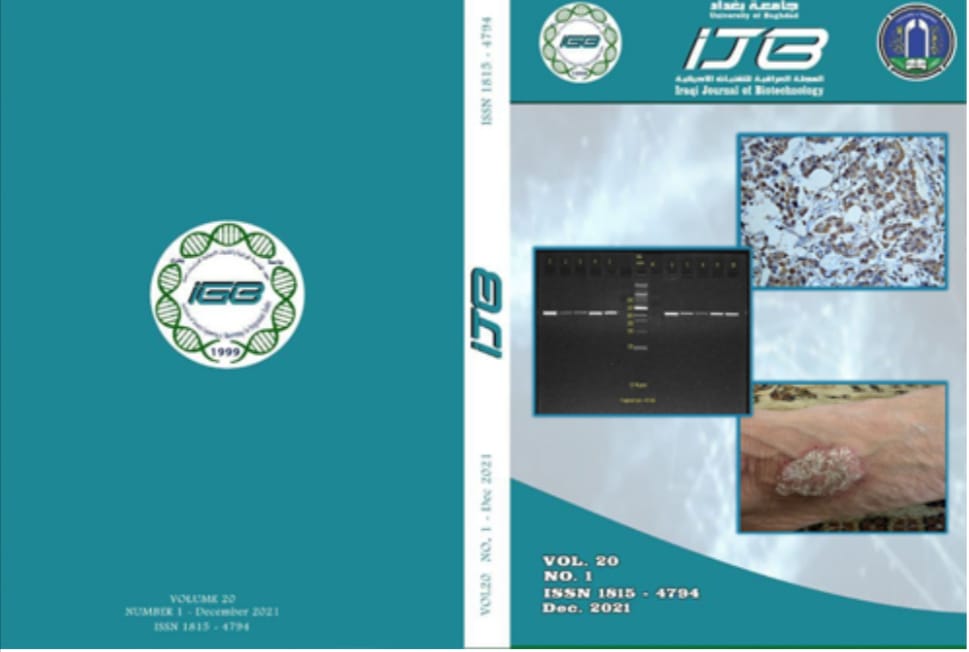Assessment of MicroRNA (miR-146a) as Potential Biomarkers and Disease Activity in Iraqi Patients with Rheumatoid Arthritis after Biological Treatment
Abstract
Rheumatoid arthritis (RA) is a debilitating form of persistent autoimmune inflammation that affects the joints. Rheumatoid arthritis's primary treatment is disease-modifying anti-rheumatic agents (DMARDs), such as methotrexate (MTX) and Enbrel. The current study aimed to measure the gene expression level of MiR146a as well as demographic data and clinical presentations for patients with RA compare with control models after biological treatment. The study includes 70 patients with rheumatoid arthritis and 30 healthy individuals as a control group, with an age range between 20 to 60 years. Blood was drawn from everyone who participated in this study. In this study, ESR, HB, and WBC were evaluated in rheumatoid arthritis patients. The findings showed that the majority of age groups were in the third group (40-49 years), where there was a 26.1% percentage, and that the lowest number was in the first group, which included ages 29, where it was 8.7 percent. Erythrocytes Sedimentation Rate (ESR), C-reactive Protein (CRP), CDAI and smoking were examined in this study with concentrations (8.0±2.7 × 109/L, 10.56±1.40, 13.95± 9.2, 16(23.2%)) respectively. It was concluded that MiR-146a transcript levels were higher in RA patient whole blood samples than in healthy control samples.


